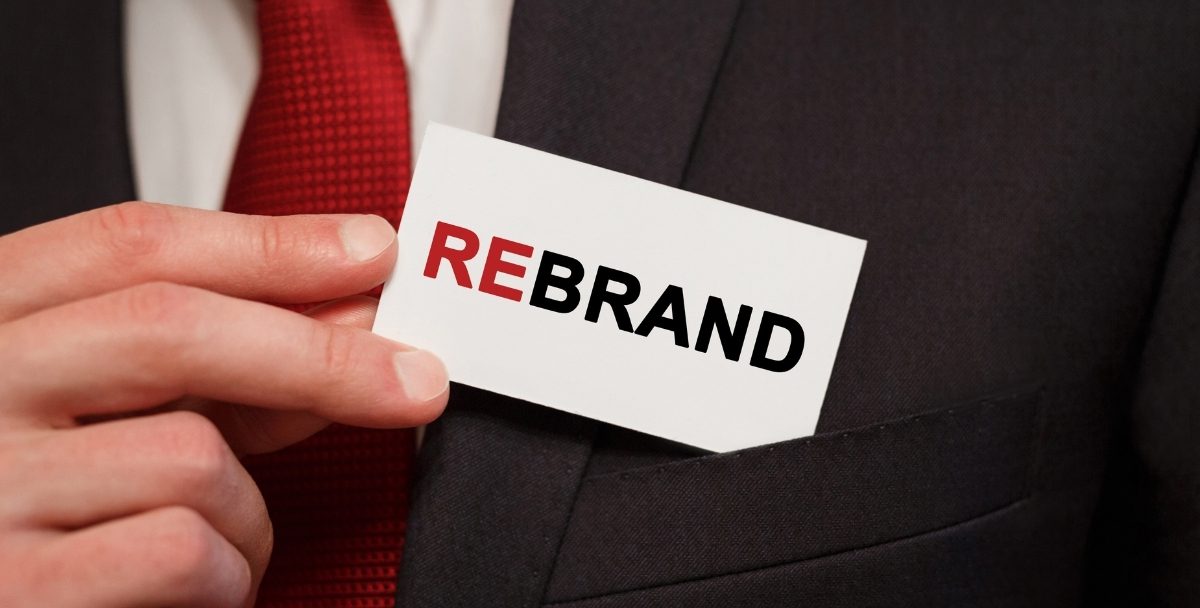The Why’s and How’s of Rebranding

Establishing a strong corporate identity is an essential component of a successful business. A poor branding strategy can significantly hinder a company’s sales, and sometimes rebranding is a necessary step for a business to strengthen the relationship with their audience. So, when it is a good time to rebrand, and how do you go about it?
What is Branding?
First, it’s important to identify all that goes into a brand. A brand is more than just a logo – it’s a legacy. It encompasses a company’s entire reputation; all of the thoughts and emotions that consumer experiences when they hear a company name or see the logo make up a brand. Above all, a corporate brand is centred around the company’s core values. Know more about branding firm.
Beyond logo design, branding involves business messaging, advertising, sponsorships, online presence, and all other interactions with consumers and the public. Since branding is such an in-depth process that involves all business activities, most companies will hire a branding agency, like Summation Design, to guide them through the rebranding process in its entirety.
Good Reasons to Rebrand
While rebranding often seems like an exciting new direction for a company, there are only a few times when it is an effective use of resources. The following instances are opportunities when rebranding can be beneficial, or even necessary:
- New company mission: If you are redefining your corporate identity, purpose, or values, rebranding is critical. This often applies when a business adds a new product line or service. If your market is expanding or transitioning, reassess the company mission.
- Expanding to new audiences: Your market is growing or transitioning to new locations or cultures where the audience may not understand or identify with your brand.
- Merging with another company: It’s always better to establish a new unified identity during a merger, rather than letting the two brands compete.
You should really only consider rebranding during these times, or if you have established that your current brand is actively harming your business. Many companies want to rebrand for other reasons, but this typically ends up being a mistake or a waste of resources. Also know branding firm.
Bad Reasons to Rebrand
The following are common misconceptions for when rebranding is the right decision:
- New management: A new manager or consultant may insist on a rebrand just to give themselves the impression of making a powerful impact in a short amount of time. If there aren’t other substantial reasons to rebrand, be wary of this advice, and maybe even consider hiring someone else.
- Cover-up: Don’t try to hide a PR crisis with a rebrand – most clients will see right through it. More often than not, it’s best to acknowledge a scandal and deal with it directly rather than trying to push it under the rug.
- Boredom: It’s never a good idea to rebrand just because you are tired of your current brand or logo. Remember that your customers don’t see it as often as you do. Unnecessary rebranding can be confusing to your audience and wastes time and money.
- Boost sales: If your business is not thriving, there is an underlying issue that needs to be solved. Rebranding may provide a short-term sales boost, but this will soon wear off, and it may even further hinder sales.
Tips for Successful Rebranding
If you’ve decided it’s the right time to rebrand, follow these guidelines to ensure you rebuild your corporate identity effectively:
1. Establish the company vision
Even if the company mission is not changing dramatically, take this opportunity to ensure you have properly defined your corporate vision, values, goals, purpose, message, and voice. A brand revolves around the energy and spirit of a company, so it is imperative that these are clearly defined and emphasized.
2. Make a plan
Document a thorough plan with clear-cut goals, milestones, and objectives. Use an online software or app to generate and organize ideas. Braincat is a popular brainstorming tool for business owners, and is especially effective for projects like branding because it allows you to work from the bottom up. Unlike the typical brainstorming process in which you start with the big idea, such as the company name, Braincat lets you start with the details. Once you have inputted all of the facets of your business, like your audience, products, goals, and more, then you can assess all of that information and determine what the corporate vision really is.
Making a plan should also include important aspects like a budget and a timeline. The branding process has branches in every aspect of corporate activity, so it is easy to underestimate the cost of redefining a brand. Work with a professional to identify the possible expenses and work out a basic timeline for when the rebrand may actually take effect.
3. Be consistent
Consistency within the company is essential. Brand identity must be apparent throughout all interactions with the public, and the best way to give the impression of a unified entity is to ensure that all business departments are on the same page. This includes everything from social media posts, to customer service, to advertisements. All company messaging needs to have the same voice that represents your brand.
4. Market
Treat rebranding like what it is – a big deal! Make sure the public knows about the rebrand and use this opportunity to draw new attention. Create events, start new advertising campaigns, or even consider new partnerships or sponsorships. Look at IHOP’s classic rebranding scheme in 2018 as an example. Following the release of a new product, burgers, they “rebranded” as IHOb, the International House of Burgers. This announcement generated a surplus of attention from the public, and was really just a strategic marketing ploy. They soon revealed that the rebrand was a joke and returned to the original logo and name.
